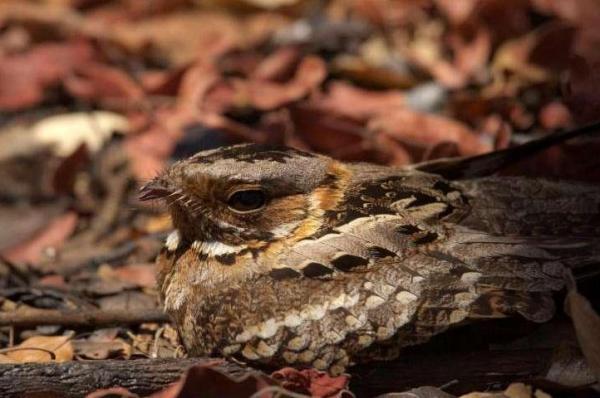
EXETER, England, Jan. 29 (UPI) — Evolution has inspired an uncountable number of adaptations among the plant and animal kingdoms — oddly shaped limbs, exotic color schemes, poisonous fangs.
But not all adaptations work, some physiological experiments persist without aiding survival. Camouflage is not one of those experiments. New research out of England proves camouflage keeps prey from being eaten by predators.
Specifically, scientists from the universities of Exeter and Cambridge looked at ground-nesting birds in Zambia. Researchers used an imaging model to interpret how different bird species would appear to common predators like mongooses, birds and vervet monkeys, and how closely their appearance matched their surroundings. They did the same for the appearance of each species’ eggs.
Next, researchers monitored the bird species in the wild using remote cameras, tracking how birds and their eggs fared during nesting season.





